Saludos querida comunidad!
Siguiendo con los niños y el acompañamiento de su desarrollo de la inteligencia emocional les comparto una segunda parte de las actividades que hago. La primera parte la encontraras en mi post Inteligencia Emocional con los Niños, N°1.
Si educamos a los niños y les mostramos las diferentes emociones conseguiremos en primer lugar que sepan reconocer sus emociones, identificarlas y darse cuenta de qué produce cada una y cómo se siente.

Juego del Robot
Este es un juego que he adaptado para jugar y entender que nuestras emociones se pueden activar y desactivar por estímulos.
Por parejas, uno será el robot, que elegirá qué parte de su cuerpo se desactiva y el otro será el operario que encenderá el robot tocando un punto concreto y adivinando en qué parte de su cuerpo se apaga.
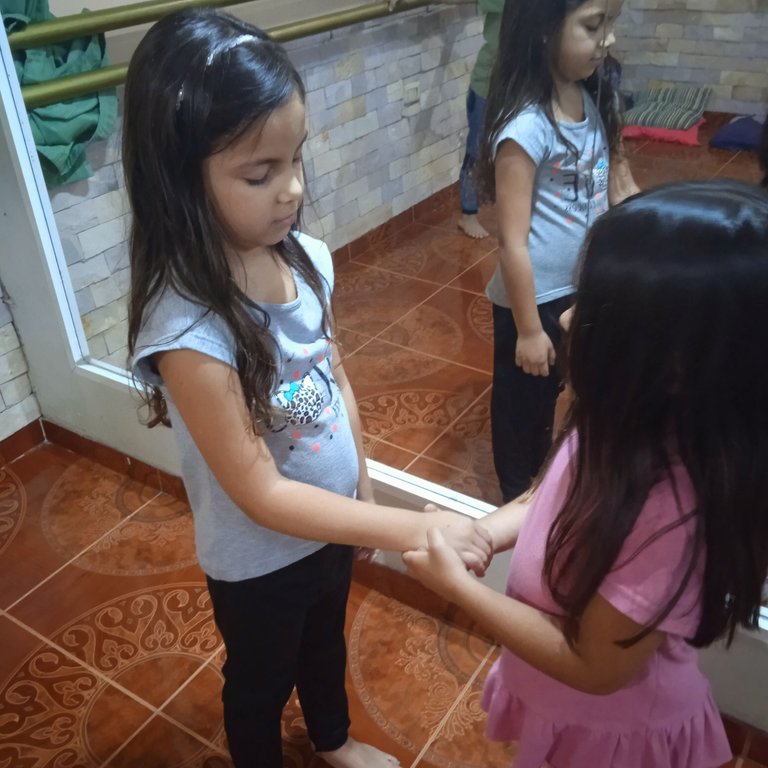
Empezamos con emociones como la alegría, la ira, la tristeza y el miedo. El operador activa una emoción tocando el robot en un punto específico y el robot actúa sintiendo la emoción hasta que el operador descubre el lugar donde la emoción está apagada.
Al final del juego, cuando la emoción se apaga, los papeles se cambian y los robots se convierten en operadores y viceversa.
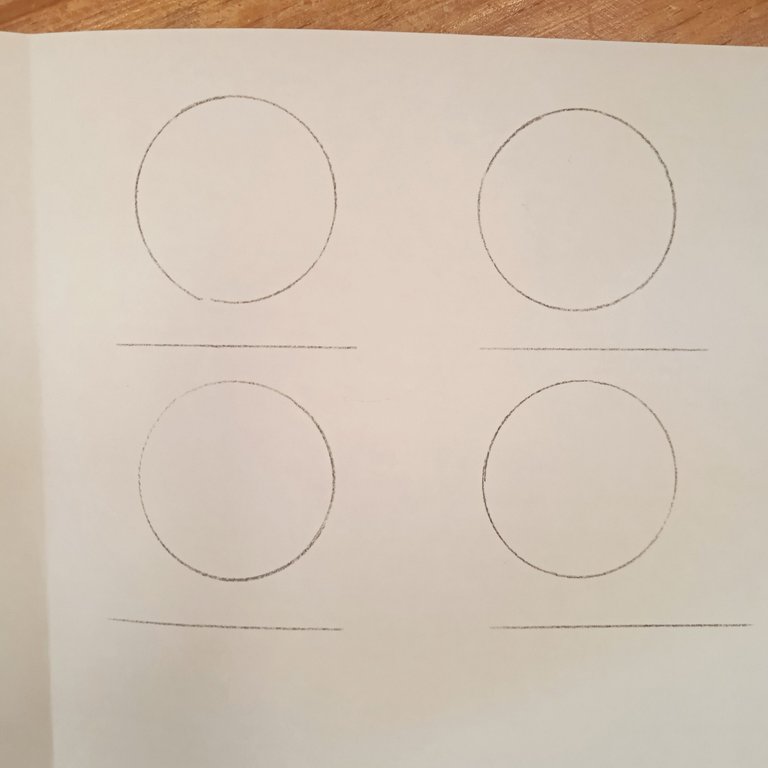
En la actividad anterior los niños colorearon y recortaron las emociones, ahora con la ayuda de estas tarjetas las dibujarán en una plantilla.
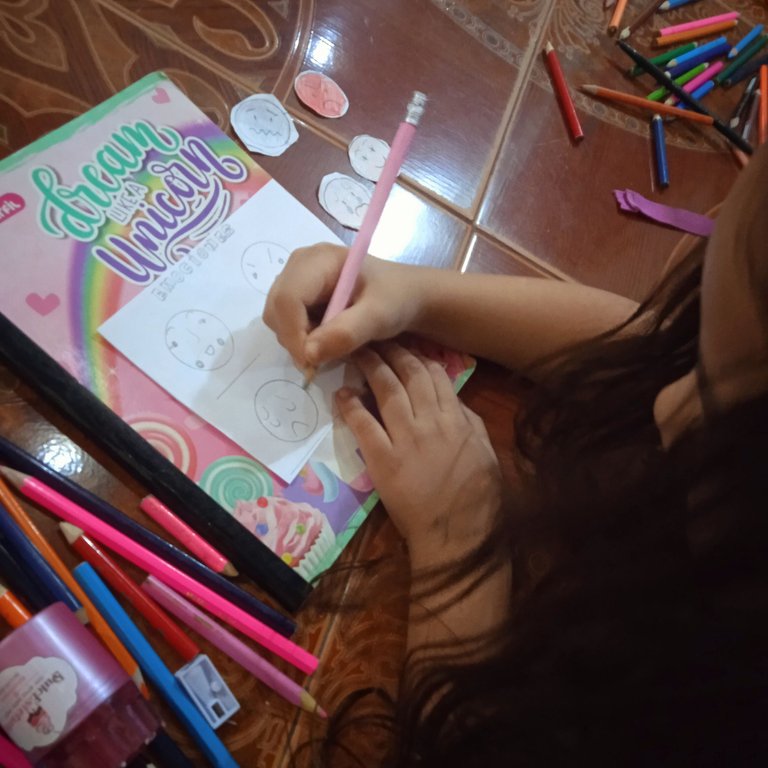
Primero reforzamos las 4 emociones básicas como son la alegría, la tristeza, el miedo y la ira.

Y así los niños pudieron dibujar sus cuatro emociones básicas en las diferentes caras en blanco.
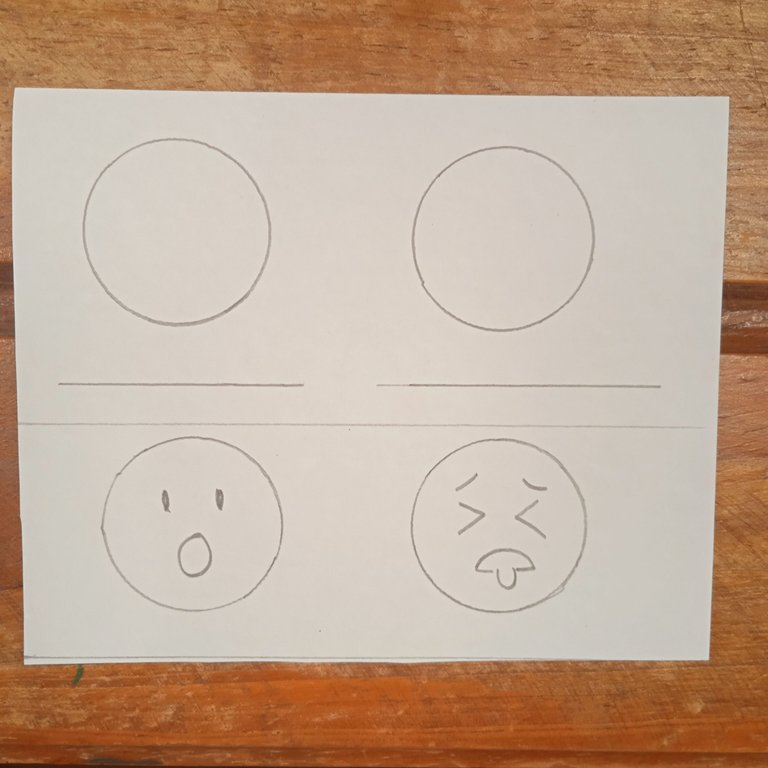
En la conversación con los niños se les explicó que también podíamos sentir otro tipo de emociones, una que es muy pasajera que es el asombro y otra, el asco, así que en la conversación con los niños, pudieron determinar en qué situaciones sentían asombro y en cuáles la emoción del asco.
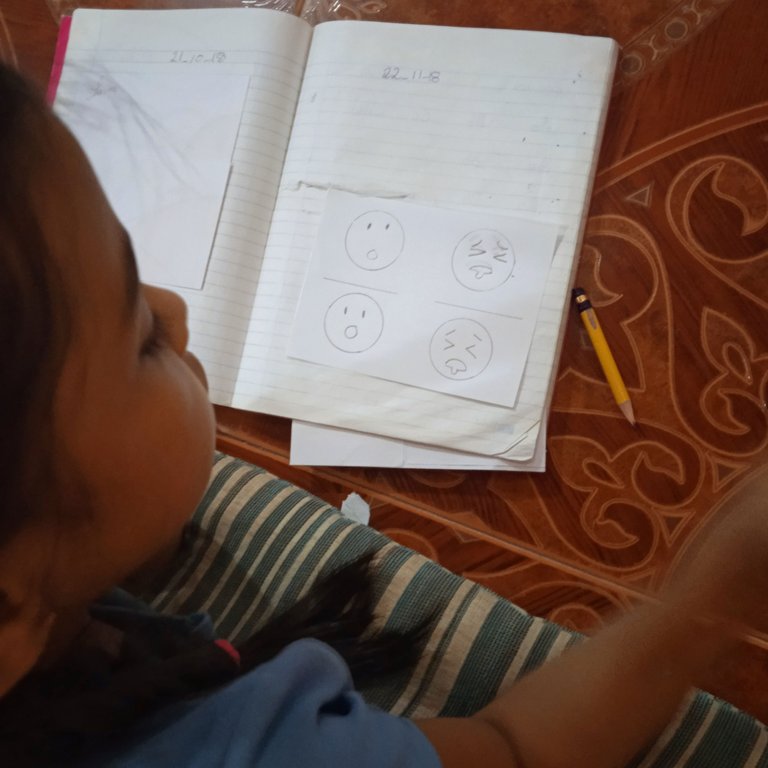
Como la vez anterior, copiaron las dos últimas emociones de asombro y asco y las duplicaron convirtiéndolas en tarjetas para completarlas con las cuatro emociones anteriores.
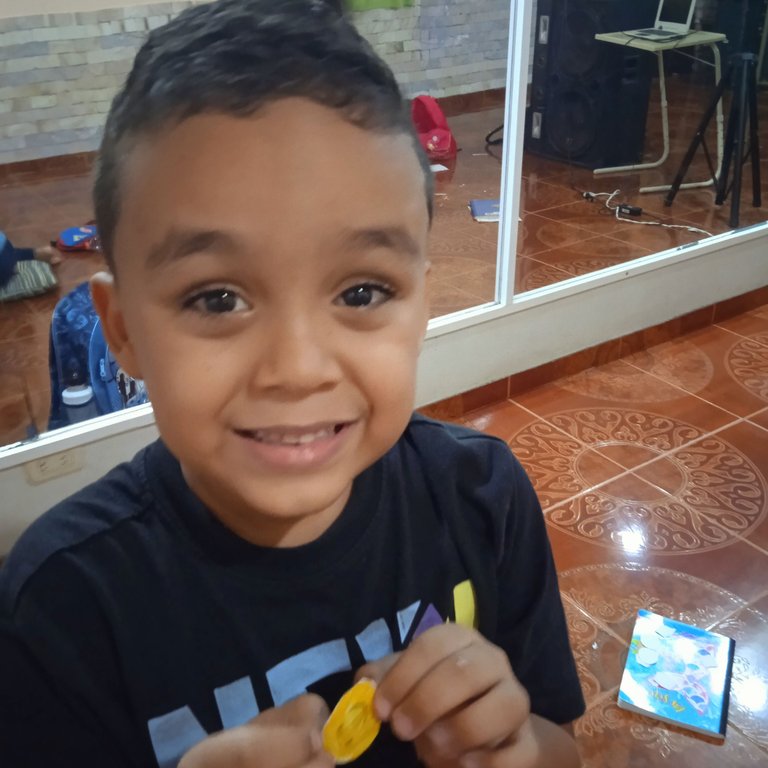
Cada uno colocó sus seis cartas o emociones boca abajo y cuando las destapó, tuvo que escenificar a través de la expresión de su cara y cuerpo qué emoción le tocaba, para que el resto de los compañeros la adivinaran.

De esta manera, cada uno ponía la expresión en su cara y los compañeros la adivinaban.

Para los niños fue muy fácil conectar con la emoción y expresarla.
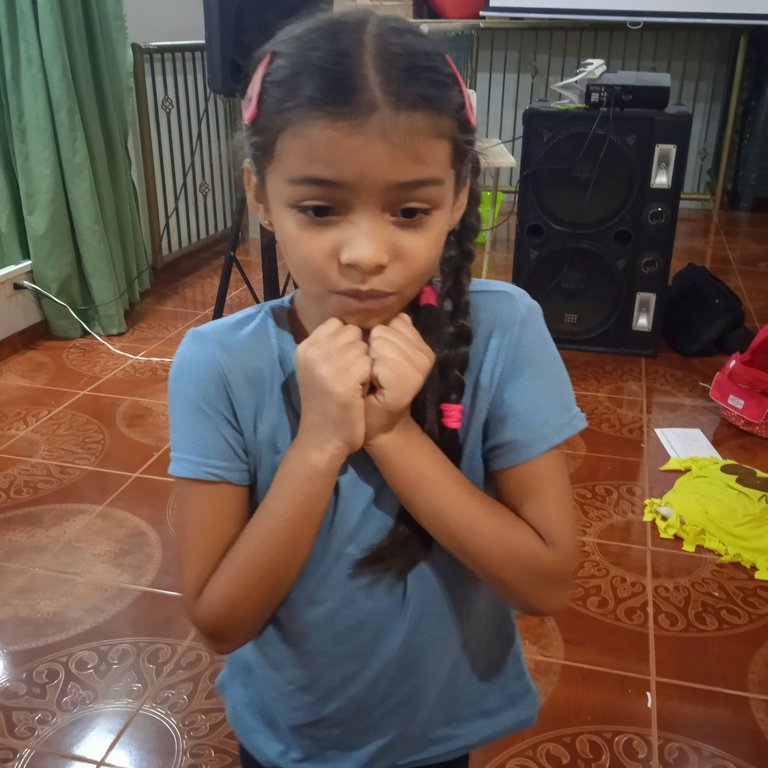
De forma espontánea pudieron sentir cómo su cuerpo reaccionaba ante las diferentes emociones.
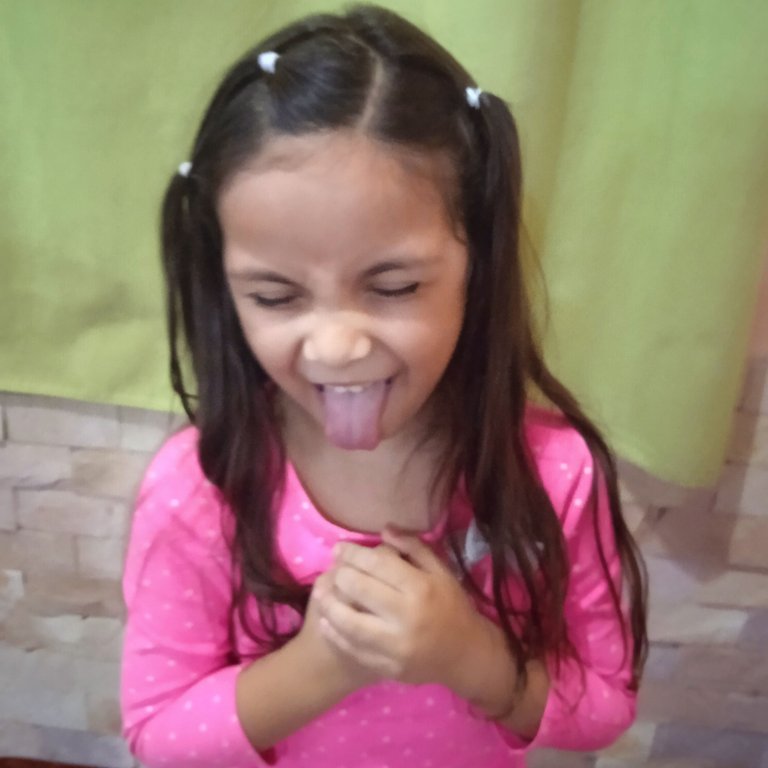
Los niños manifestaron y expresaron a través de su cuerpo las 6 emociones básicas que habíamos aprendido y reconocido: alegría, miedo, tristeza, ira, asombro y asco.
Para ellos fue muy divertido, con los niños podemos ver lo fácil y rápido que asimilan estos conocimientos y sobre todo son conscientes cada vez que sienten una emoción e incluso pueden identificarla fácilmente en otras personas.
Te invito a que realices este tipo de actividades con los niños porque el aspecto emocional es fundamental para tener un sano equilibrio y un desarrollo armónico de su mente y sus emociones, así pueden entender que las emociones van de la mano con los pensamientos y las percepciones que pueden hacer del mundo que los rodea.
De esta manera estamos desarrollando uno de los aspectos más importantes en el ser humano que es la conciencia, cuando logramos tener la conciencia de lo que somos y lo que sentimos podemos tener un mayor control de lo que sentimos, de nuestras actitudes y comportamientos.
Seguiré compartiendo la secuencia de actividades, para profundizar en este importante tema y cómo llevarlo y desarrollarlo con los niños.
¡Gracias por leer!

- Fotos tomadas por @aldara desde su telefonoRedmi.
- Traducción realizada con Deepl.
- Imágenes editadas con photoshop
English version
Greetings dear community!
Continuing with the children and the accompaniment of their development of emotional intelligence I share with you a second part of the activities I do. You can find the first part in my post Emotional Intelligence with Children, N°1
If we educate children and show them the different emotions we will get first of all that they know how to recognize their emotions, identify them and realize what produces each one and how it feels.

Robot Game
This is a game that I adapted to play and understand that our emotions can be activated and deactivated by stimuli.
In pairs, one will be the robot, who will choose which part of his body is deactivated and the other will be the operator who will turn on the robot by touching a specific point and guessing which part of his body is turned off.

We start with emotions such as joy, anger, sadness and fear. The operator activates an emotion by touching the robot at a specific point and the robot acts by feeling the emotion until the operator discovers the place where the emotion is turned off.
At the end of the game, when the emotion is turned off, the roles are changed and the robots become operators and vice versa.

In the previous activity the children colored and cut out the emotions, now with the help of these cards they will draw them on a template.

First we reinforced the 4 basic emotions such as joy, sadness, fear and anger.

And so the children were able to draw their four basic emotions on the different blank faces.

In conversation with the children it was explained to them that we could also feel other types of emotions, one which is very fleeting which is astonishment and another, disgust, so in conversation with the children, they were able to determine in which situations they felt astonishment and in which the emotion of disgust.

Like the previous time, they copied the last two emotions of astonishment and disgust and duplicated them by turning them into cards to complete them with the previous four emotions. .

Everyone placed their six cards or emotions face down and when they uncovered them, they had to stage through the expression of their face and body which emotion touched them, so that the rest of the classmates could guess it.

In this way, each one would put the expression on his or her face and the classmates would guess them.

It was very easy for the children to connect with the emotion and express it.

In a spontaneous way they could feel how their body reacted to the different emotions.

The children manifested and expressed through their bodies the 6 basic emotions that we had learned and recognized: joy fear sadness sadness anger amazement and disgust.
For them it was a lot of fun, with children we can see how easily and quickly they assimilate this knowledge and above all they are aware every time they feel an emotion and they can even identify it easily in other people.
I invite you to do this type of activities with children because the emotional aspect is fundamental to have a healthy balance and a harmonious development of their mind and emotions, so they can understand that emotions go hand in hand with thoughts and perceptions that they can make of the world around them.
In this way we are developing one of the most important aspects in the human being which is the conscience, when we manage to have the conscience of what we are and what we feel we can have a greater control of what we feel, of our attitudes and behaviors.
I will continue to share the sequence of activities, to go deeper into this important topic and how to take it and develop it with the children.
Thanks for reading!

